Place-Based Resolutions
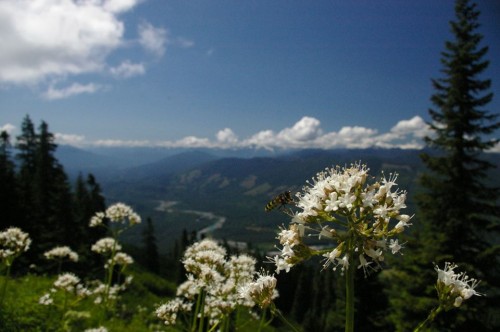
Seconds past midnight, all bubbles and kisses. December’s fading moments transition into the cacophony of January, offering an annual reincarnation, ushering in a fresh year of open-ended possibility. Like blushing buds on winter’s twigs: Potential, unstoppable.
(For the next couple of weeks, at least.)
In terms of the new year — unlike most considerations — I’m a traditionalist. Being a powerfully symbolic time, the opportunity to create resolutions, and to reflect upon my variable successes with the almost done ones, is one too juicy to pass up. Two thousand fourteen is no different. Though the standard intentions, namely, “Play more guitar,” and “Stop being so neurotic” are obliged to make their repetitive appearance, I recently found a more measurable, but still challenging, way to test my resolve, one that will hopefully yield better results. It stems from the first post I wrote for Chattermarks, in which I wondered: How do we get to know our place (and, with a wink of the impatient, also asked if can we speed this relationship up)? I still haven’t found an answer, but the inquiry did prompt me to revisit a document called the “Bioregional Quiz.”
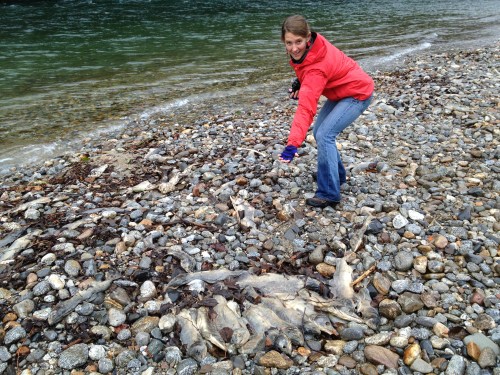 Taking care not to get any rotting flesh on her feet, the author stands amidst dozens of salmon corpses on the banks of the Skagit River near the Newhalem campground in North Cascades National Park. The anadromous fish travel upstream to the pools of their birth, lay the eggs of the next generation even as they begin to decay, then promptly die, in the process nourishing all the life of the upper valley. Photo by Samantha Hale.
Taking care not to get any rotting flesh on her feet, the author stands amidst dozens of salmon corpses on the banks of the Skagit River near the Newhalem campground in North Cascades National Park. The anadromous fish travel upstream to the pools of their birth, lay the eggs of the next generation even as they begin to decay, then promptly die, in the process nourishing all the life of the upper valley. Photo by Samantha Hale.
Bioregionalism is best described by novelist Jim Dodge in his 1990 essay, “Living by Life.” Most simply, it’s a movement — part philosophy, part politics — looking to natural systems as the point from which we should organize ourselves, our neighborhoods, our government, our spirituality. This could mean we consider, for example, watersheds, the shift in plant and animal communities from one region to another, topography, or human culture as the bases for decision-making, as opposed to arbitrary lines drawn on a map. Famously championed by Dodge and poet Gary Snyder, bioregionalism is radically place-based.
The questions such an approach requires one ask are essential ones and, I think, are the discoveries and explorations environmental educators seek to encourage in their students all the time. Let’s do it:
BIOREGIONAL QUIZ
Modified and augmented from Leonard Charles, Jim Dodge, Lynn Milliman, and Victoria Stockley, CoEvolution Quarterly #32, Winter 1981
1.) Trace the water you drink from precipitation to tap.
2.) How many days until the moon is full? (plus/minus a couple of days)
3.) Describe the soil around your home.
4.) What was the total rainfall in your area last year?
5.) When was the last time a fire burned in your area?
6.) What were the primary subsistence techniques of the culture that lived in your area before you?
7.) Name five edible plants in your region.
Wild alpine blueberries and savage salmonberries will soon mix with some oatmeal and sugar to make a mid-trip crisp on Cohort 13’s summer backpacking adventure. Photo by Samantha Hale.
8.) From what direction do winter storms generally come in your region?
9.) Where does you garbage go?
10.) How long is the growing season where you live?
11.) When do the deer rut in your region, and when are the young born?
12.) Name five conifers in your area.
13.) Name five resident and five migratory birds in your area.
14.) What is the land use history of where you live?
15.) What primary geological event/process influenced the land form where you live? (Bonus: What’s the evidence of it?)
Evidence of former glaciers can be found all over the North Cascades in U-shaped valleys such as this one looking out from Slate Peak in the Okanogan-Wenatchee National Forest. Photo by Samantha Hale.
16.) What species have become extinct in your area?
17.) What are the major plant associations in your region?
18.) From where you’re reading this, point north.
19.) What spring wildflower is consistently among the first to bloom where you live?
20.) Name some beings (non-human) which share your place.
21.) Point to where the sun rises in the morning and sets in the evening.
22.) Are there plans for massive development of energy or mineral resources in your bioregion?
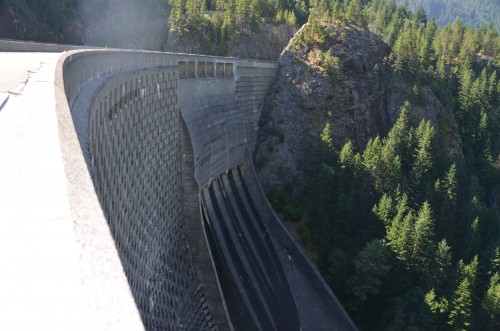 Diablo Dam: When living at the Environmental Learning Center, it’s impossible to forget where the energy comes from. Photo by Samantha Hale.
Diablo Dam: When living at the Environmental Learning Center, it’s impossible to forget where the energy comes from. Photo by Samantha Hale.
23.) What is the largest wilderness area in your bioregion?
24.) Name five people in your neighborhood. What do they do?
25.) Where are the parks, open spaces or wild areas in your town?
26.) What are some of the main materials your house is made of?
27.) How much gasoline do you use per week, on average? What are the various ways you use to get from Point A to Point B?
The pace of things to come? Biking around Lopez Island, dreaming of paradise. Photo by author.
28.) What is the oldest building in your community? The newest?
29.) Are there any hazardous waste sites in your community?
30.) Where does your sewage go?
31.) If there is a place you walk to regularly, is there an alternative route you can take instead, just to mix it up? How many different ways could you get to the same place?
32.) Where does your favorite restaurant get most of its food from?
33.) What advocacy organizations are in your community? Do they ever need volunteers?
34.) Does your town have a domestic animal shelter? A wild animal one? Do they ever need volunteers?
35.) Do you have a food bank or homeless shelter in your community? Do they ever need volunteers?
Is it obvious that I have my work cut out for me for 2014? For though I had most of these questions dialed before uprooting myself for the graduate program last June, I’m ashamed to admit that now I probably know a third of the answers, at most.
We would all do well to complete the Bioregional Quiz, I think, to get a more comprehensive picture about where we are on our very shared planet. Who knows where such an understanding could lead come 365 days from now?
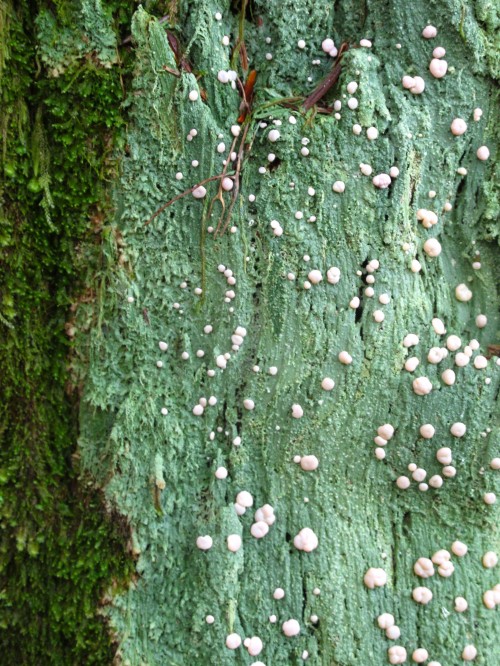 A petal pink, wonderfully named fungus — “fairy barf” — contrasts with a seafoam green lichen, all on a substrate of native western redcedar (Thuja plicata). Photo by author.
A petal pink, wonderfully named fungus — “fairy barf” — contrasts with a seafoam green lichen, all on a substrate of native western redcedar (Thuja plicata). Photo by author.
Perhaps we here in the Pacific Northwet could share the answers we find in order to have a better chance of succeeding in this place-based resolution, thus fulfilling the dual goals of understanding our chunk of nature while simultaneously bolstering our regional community.
But beware – an understanding of the “what” often leads to deeper “hows” and “whys,” both which tend to be trickier territory. As Jim Dodge said, in one of my favorite quotes from “Living by Life”: “In a way, I think it really is that simple, that there is, always, a choice about how we will live our lives, that there is a state of constant opportunity for both spiritual succor and carnal delight, and that the way we choose to live is the deepest expression of who we truly are.”
Happy New Year! May it be bright.

Katherine Renz is a graduate student in North Cascades Institute and Western Washington University’s M.Ed. program. In between completing the “Bioregional Quiz” kept tucked in her back pocket throughout 2014, she’ll serenade ravens from beneath powerlines and wait patiently for that first spring wildflower to bloom.




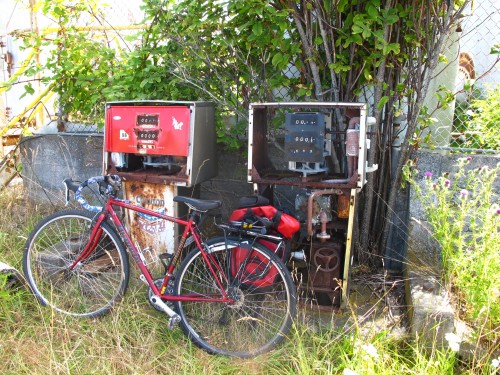
What a comprehensive quiz! That one will take me a while. Good words, thought provoking. Thanks.